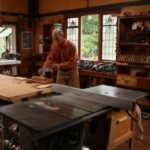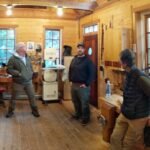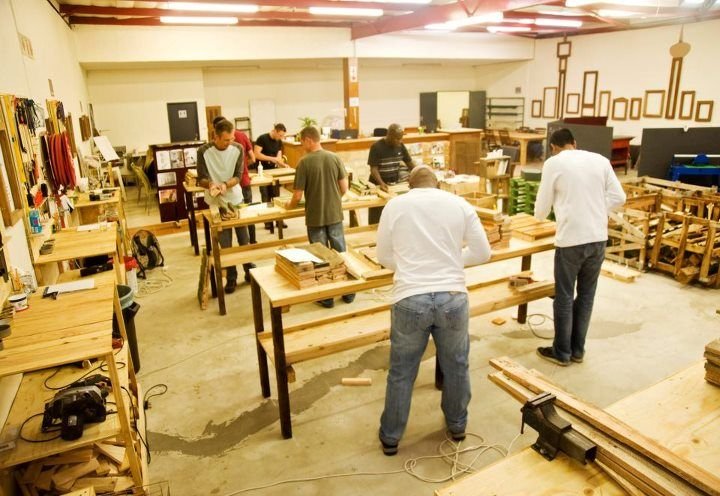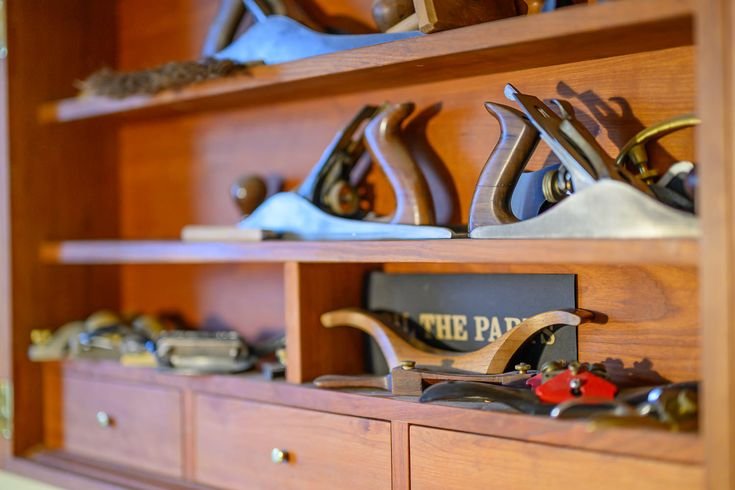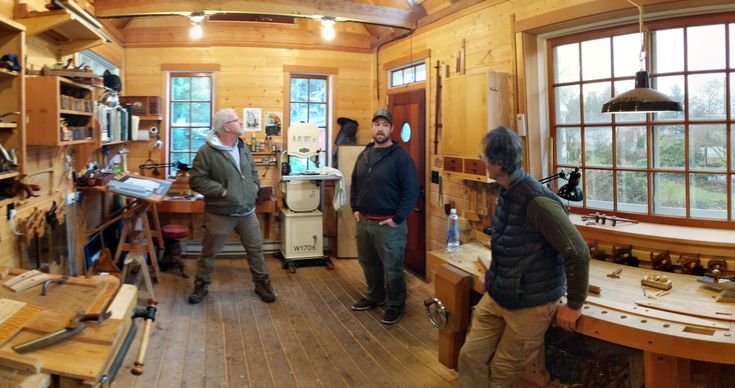Building Memories: My Junior Cert Woodwork Journey
So, let me take you back, way to the spring of 2018. There I was, a lanky kid with too much coffee in my system and wood shavings in my hair, trying to figure out what the heck I was doing in my junior cert woodwork class. It was one of those classes that sounded good on paper—"Hey, who wouldn’t want to work with wood?"—but in reality, it was a bit of a rollercoaster.
The day we were assigned our projects, I remember the smell of fresh-cut pine hanging in the air, mingling with the faint musk of old tools and sawdust. It felt exciting, sure, but also a little daunting. You know how they say you should “measure twice and cut once”? Well, I was still figuring out how to hold the measuring tape properly. But, like a lot of things, sometimes you just have to jump in, right?
Embracing the Chaos
I decided I was going to make a small bookshelf. It sounded ambitious, but in my head, I was already picturing it filled with my favorite novels and maybe a couple of trophies from the basketball season. A “dream project,” if you will.
The first day, I was armed with nothing but a jigsaw, a hammer, and a package of pre-cut pine boards. I picked up this bright yellow Stanley tape measure—could’ve been a yard sale find, honestly. But it felt and smelled solid, like it was ready for action. I’d like to think that it somehow almost gave me a spark of confidence, but the minute I took that first cut, reality hit me harder than I expected.
The First Mistake
I swear, I had a clear picture of what I wanted until I put the jigsaw to the wood. It was like the blade suddenly couldn’t keep up with my excitement. I cut a piece nearly an inch shorter than I planned, and I remember just staring at it, thinking, “Well, that’s not great.”
Do you ever feel that sinking feeling when you realize you’re just a few steps away from throwing in the towel? I almost did. I laughed, a nervous chuckle that echoed in the empty workshop. I mean, who messes up this early in the game? But then I said to myself, “You’re not here to create a masterpiece; you’re here to learn.” So, I stashed the shorter piece in my pocket like some kind of trophy of my failure and carried on.
The Coffee Break Epiphany
Fast forward a few days, and there I was, staring at those mismatched pieces of wood. I grabbed a mug of coffee to steady my nerves, and while I was sipping, I started sketching out various designs on an old notepad. Maybe I didn’t need the piece I messed up; perhaps it could just be a bit smaller? In a stroke of brilliance—or desperation—I pivoted to a corner shelf design. It was a simpler approach, and sometimes simple is better, you know?
When I finally made that cut, and it worked, I couldn’t help but laugh. I mean, I was genuinely surprised that I had managed to turn a blunder into something workable. The sense of relief is hard to describe, but it was like finding a forgotten twenty-dollar bill in the pocket of last season’s jeans.
Saws, Sanding, and Silent Disasters
The rest of the build was its own adventure—mostly me wrestling with different grades of sandpaper and trying not to inhale too much dust. I learned quickly how not to choose a finisher; I grabbed a can of some off-brand polyurethane, thinking it would save me a buck. Well, the first layer turned my beautiful pine a weird orange shade—not the warm glow I was after.
I nearly threw my hands up, but then I realized I could turn it into a “distressed” look. I spent the next couple of hours intentionally goofing it up. I distressed it with a hammer—a little too much, maybe? But, in the end, I actually liked it. Something about it gave my bookshelf character, like it had a history.
The Final Touches
The day came when it was time to attach it all together and strut my stuff in front of the class. I was so nervous; my palms were practically sweating against the wood. As I stood there, I couldn’t help but think about all the little frustrations and surprises along the way. I tightened those screws, and when it held up, I felt like I’d just won the championship game.
Walking away, I could hear the sound of everyone else’s projects clinking and creaking, but there was a satisfaction in mine that felt different—almost personal.
A Lesson from the Garage
So, here’s the takeaway: Sometimes, we get caught up in perfection, thinking every cut must be flawless, every design must be just right. But those marks, the dings, and even those cringe-worthy mistakes add depth to what you create. If you’re thinking about picking up a hammer and a piece of wood, or even something else entirely, just go for it. Don’t overthink it. Embrace the chaos. You’ll be surprised at what you can build—not just with wood but with resilience and a little imagination.
Just remember, the best stories—and projects—come with a hiccup or two!



